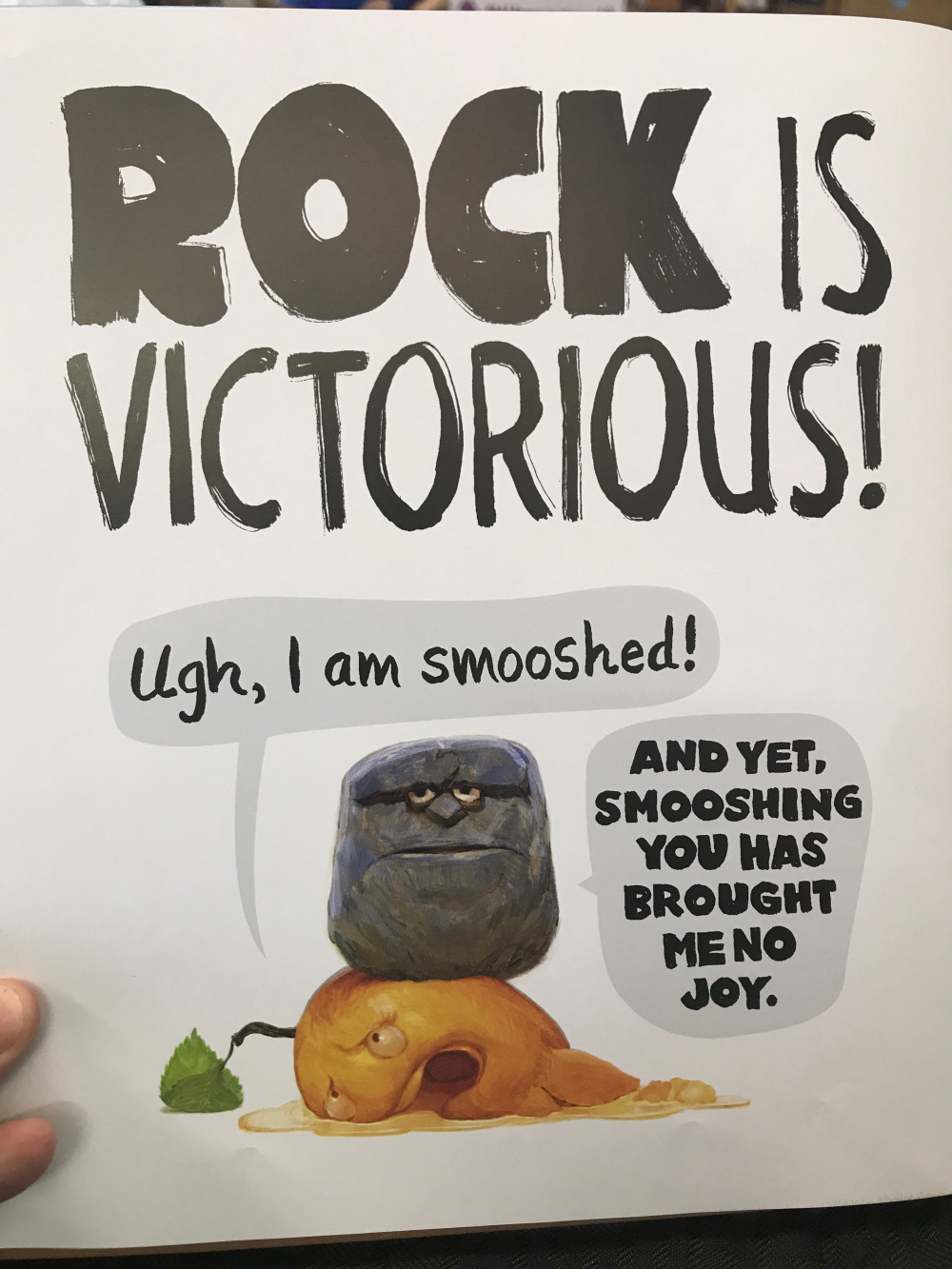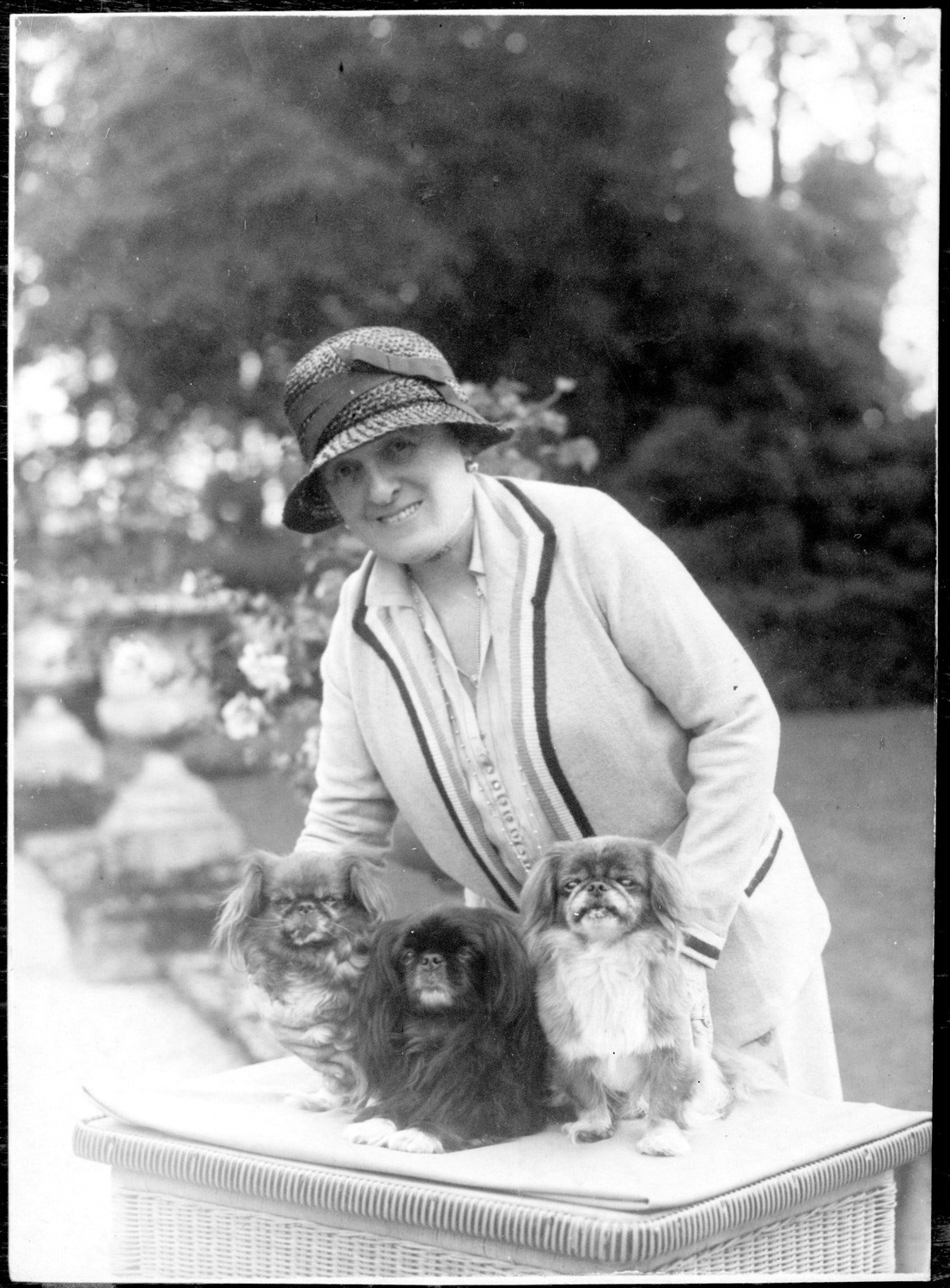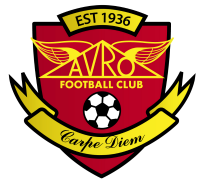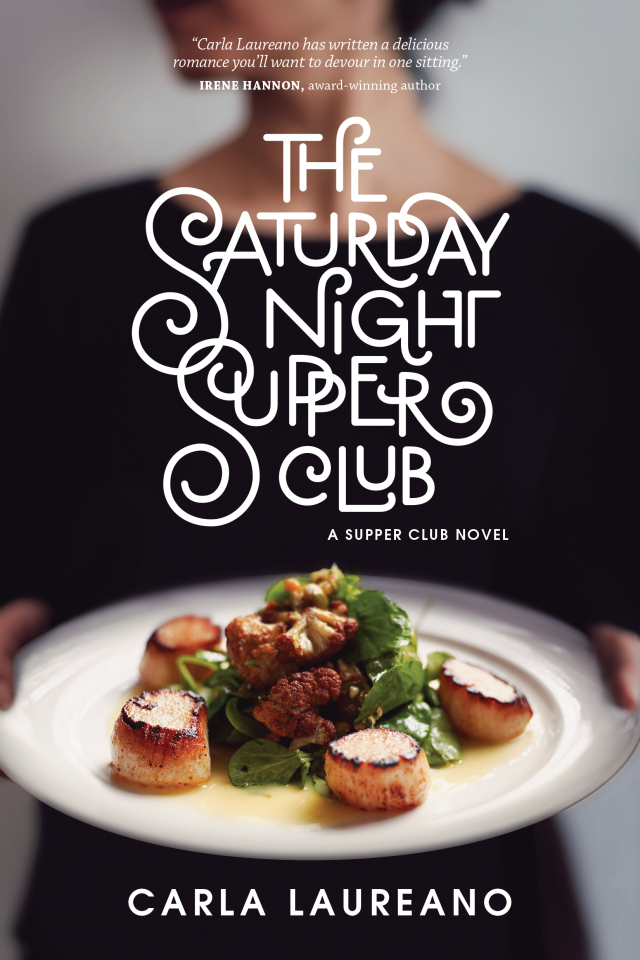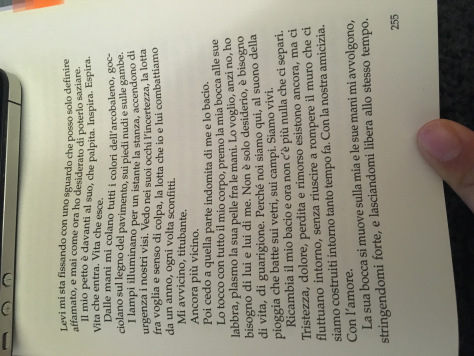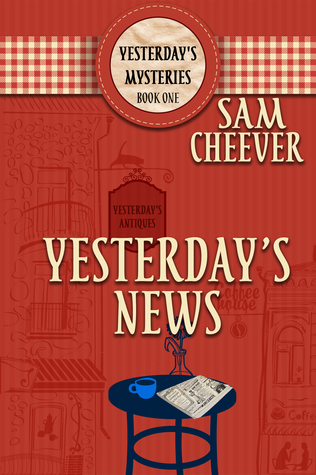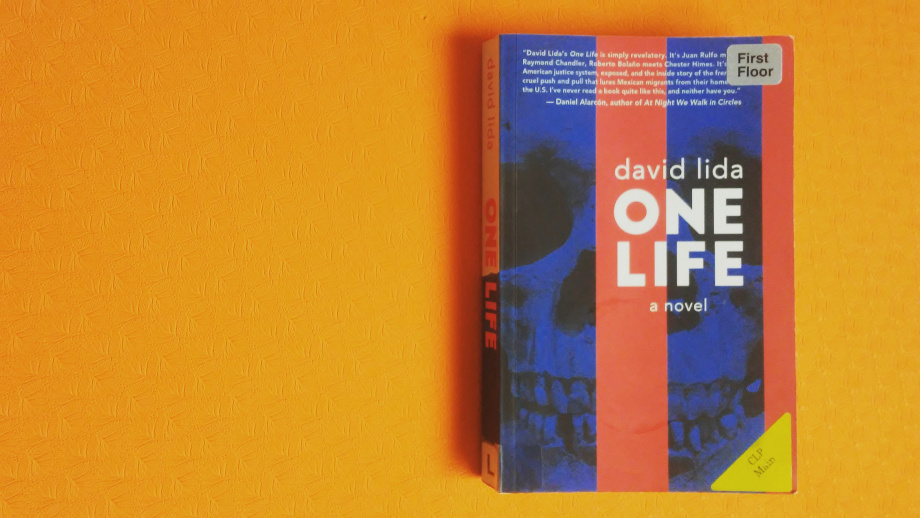Download links for: A Ball for Daisy


Reviews (see all)
Write review
Best wordless picture book I've ever seen. Great for classroom writing prompt!
I need to have a kid read this to me. I think I will enjoy it more that way.
This was kinda dull. Probably because I'm not about bubbly, happy dogs.
Caldecott Honor Book - not that great to me.
Other books by Middle Grade & Children's
Other books by Chris Raschka
Related articles

